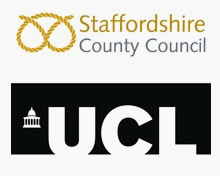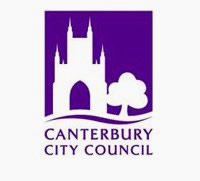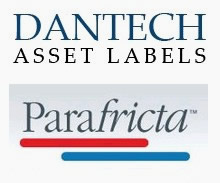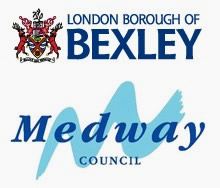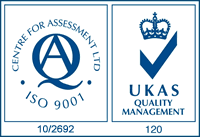To Microsite or not? That is the question
17/05/2011
Are microsites good?
Sometimes.
Should I create lots of microsites?
Sometimes.
The answer depends on the purpose of a micosite. Is it to add more content (products or services) or to be part of an online marketing strategy?
This article looks at the first purpose – to add more content.
Let’s suppose you want to add about 5-10 pages of content ‘to the Internet’ and you already have a website. You therefore have a choice of how to add this. The choices are:
- New section on the existing website
- A subdomain of your main domain
- A microsite.
- A vanity URL, pointing to a section of your website
What determines your choice of Microsite, Subdomain or section on website?
The issues to consider should be cost to setup and ongoing marketing.
An issue that is not relevant here is the visual appearance of the web pages. It would be possible to use an identical visual design and layout as your existing website for any of the above solutions. But it would also be possible to use a completely different visual design for any of the above solutions.
What are the costs of microsite vs subdomain?
Most domain names are very cheap, but these costs can mount with multinational websites when purchasing many .com or country specific domains as some top level domains are expensive. Website hosting is not usually significant. Developments cost might be more, and for subdomains (which are separate websites) or microsites this is likely to be more than adding a section to the existing website. This is not always the case, and one strong reason for developing microsites is when it takes too long, is too expensive or too much ‘red tape’ to get the main website altered. So development costs needs considering.
What are the ongoing marketing issues of microsite vs subdomain?
Ongoing marketing is an issue, but the best practise will depend on the number of pages to be added, the timescales being considered and the relative importance of offline marketing, SEO (natural search) and PPC (paid online advertising).
Where offline marketing is important then a new website domain is often best, even if this is a vanity URL which points to a section of the main website. This is very effective for event driven marketing common in the tourism or conference markets.
When paid advertising such as Google AdWords is important then the number of pages is important. The days of creating a microsite of one page are long gone, as this produces a low quality score in AdWords and an inefficient campaign. But a quality microsite of 10+ pages can be very effective with AdWords. If your main website domain name is weak, then choosing a better domain for the microsite will give better ongoing marketing. The same is true for subdomains, but care must be taken for long domain names that total length is not too long to show in an advert.
When considering SEO or natural search, the timescales are again important. In the short term (under 6 months) any new domain whether a sub domain or microsite will do less well than a section on the existing website. If both websites are optimised, then after 9 months it is possible that a microsite or sub domain will actually help ongoing marketing of both websites. But this does depend how the sites are setup.
Is there a difference between the effectiveness of a sub domain and a new domain for SEO? Theoretically yes. But it is very marginal. If all websites are hosted on different servers and optimised carefully, then it is fractionally better (from main website perspective) to use a new domain and fractionally better (from the new content perspective) to use a sub domain. In reality any difference is swamped by issues of hosting, website copy and how the website is launched.
The choice between a sub domain and a new domain should be made based around branding and marketing strategy. The key decision is how the new product is to be found and seen, and how important it is to be associated with the parent company.
If the parent company is weakly branded, then a new domain is better than a sub domain. Conversely strong brand named domains would usually opt for a sub domain unless the new products do not want to be too closely associated with the main brand. Remember in this decision it is only the name which is important as seen in search results and advertising. The logo and visual branding is not directly relevant to this decision.
The simple conclusion is then:
- Offline campaigns => vanity URLs
- Online advertising with under 10 pages => section on website
- Online advertising, over 10 pages with strong brand identity => subdomain or section on website
- Online advertising, over 10 pages with weak brand identity => microsite
But of course the above is only one purpose of a microsite!
Microsites can be very effectively used as part of an online marketing strategy to gain search market dominance.
If you are looking for help in using or building either microsites or new websites then contact Cornish WebServices at www.cornishwebservices.co.uk





